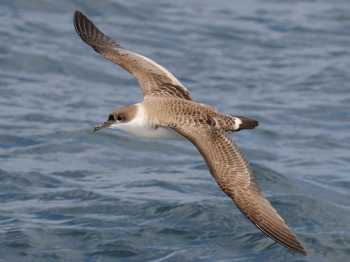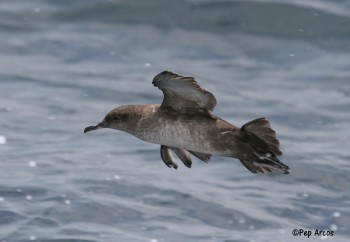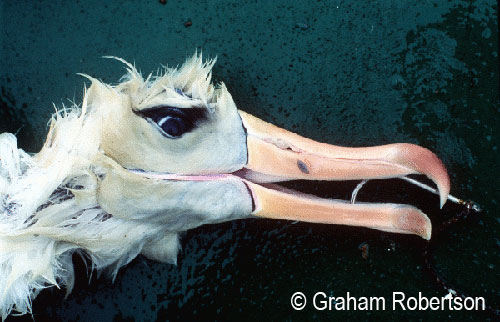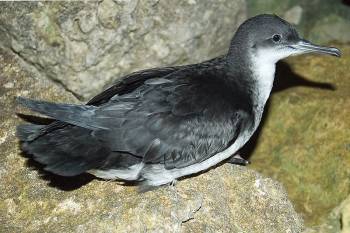Joshua Hatch (Integrated Statistics, Inc., Falmouth, Massachusetts, USA) and colleagues have published in the journal Conservation Letters on tracking Great Shearwaters Puffinus gravis in the Gulf of Maine.
The paper’s abstract follows:
“Identifying the overlap of commercial fishing grounds and seabird habitat can suggest areas of high bycatch risk and inform management and mitigation measures. We used Bayesian state space modeling to describe the movements of 10 satellite-tagged Great Shearwaters and a bivariate kernel density technique to investigate spatial overlap with commercial fishing effort to predict areas of high bycatch in the Gulf of Maine. We then used contemporaneous fishery observer data to test the validity of our predictions, highlighting an area constituting 1% of the Gulf of Maine as having the highest bycatch risk that accounted for 50% of observed takes. Fishery observer data also provided insights into characteristics of the seabird-fishery interactions. Our results indicate that a relatively small number of satellite-tagged seabirds, when combined with fishery-dependent data, can lead to identifying high-bycatch areas, particular fishing practices that might increase risk, and fishing communities that could be targeted for education/mitigation.”
Click here for the unedited version of the manuscript.

Great Shearwater, photograph by John Graham
Reference:
Hatch, J.M., Wiley, D., Murray, K.T.& Welch, L. 2015. Integrating satellite-tagged seabird and fishery-dependent data: a case study of Great Shearwaters (Puffinus gravis) and the U.S. New England sink gillnet fishery. Conservation Letters DOI: 10.1111/conl.12178.
John Cooper, ACAP Information Officer, 24 July 2015

 English
English  Français
Français  Español
Español 


